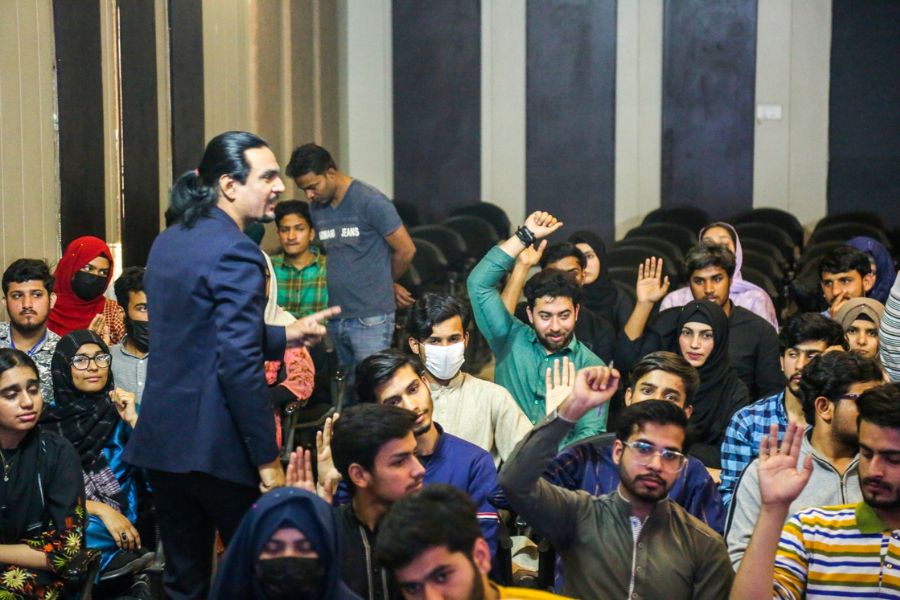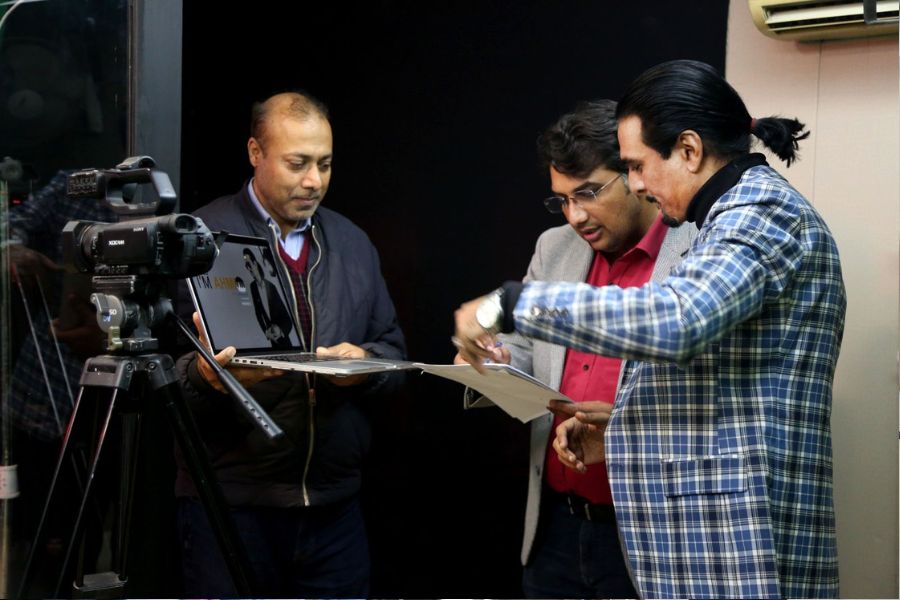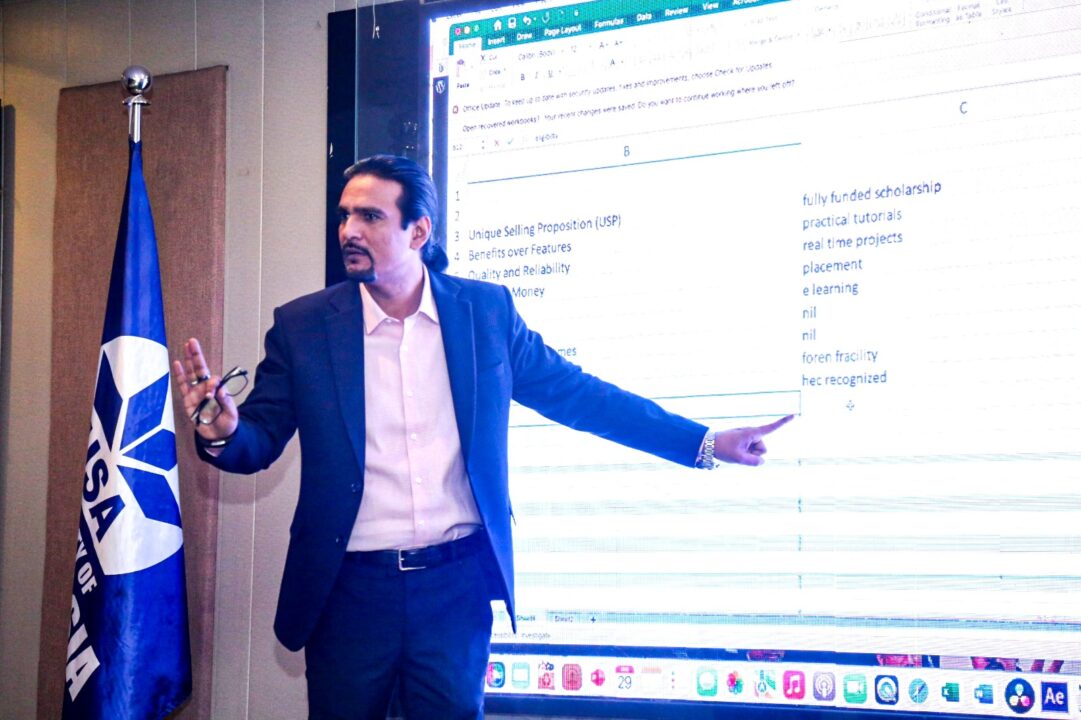Table of Contents
Hey everyone, Ahmad Afridi here! Today, we’re diving deep into how to make an animation film: that magic that brings characters and stories to life on screen. Whether you’re a seasoned filmmaker looking to expand your skills or a beginner curious about how those cartoons are made, this guide is for you. We’ll explore the three main animation techniques – 2D, 3D, and stop motion animation – and how you can use animation software to bring your vision to life.
How to Make an Animation Film

Making an animation-film involves understanding different animation techniques and utilizing appropriate animation software. Whether you choose 2D, 3D, or stop motion animation, the process begins with a creative idea and a storyboard.
2D Animation
2D animation is the classic form of animation where characters and scenes are created on a flat surface. To create 2D-animations, you’ll need software that allows you to draw frame by frame or use vector-based tools.
Popular 2D-Animation Software:
Adobe Animate: Formerly known as Flash, Adobe Animate is a versatile tool for creating 2D animations.
Toon Boom Harmony: Used by professional animators, Toon Boom Harmony provides advanced features for character rigging, scene management, and special effects.
Examples:
- Watch “The Little Prince” (2015): A beautiful blend of hand-drawn and digital 2D-animation.
- Explore Studio Ghibli’s Works: Renowned for captivating 2D-animations.
3D Animation
3D animation adds depth and realism to your creations. It involves modeling 3D objects, setting up virtual cameras, and animating characters within a 3D environment.
Popular 3D-Animation Software:
Autodesk Maya: Widely used in the film and gaming industry, Maya offers powerful modeling, rigging, and rendering capabilities.
Blender: An open-source software, Blender is great for beginners and professionals alike.
Examples:
- Watch “Zootopia” (2016): A visually stunning 3D animated film.
- Explore Pixar’s Shorts: Known for top-notch 3D-animations.
Stop Motion Animation
Stop motion animation is all about capturing individual frames by physically moving objects or characters incrementally.
Popular Stop Motion Animation Software:
Dragonframe: The industry standard for stop motion, providing precise control over camera movements and frame capture.
Stop Motion Studio: A user-friendly app available for both iOS and Android.
Examples:
- Watch “Kubo and the Two Strings” (2016): A mesmerizing stop motion adventure.
- Explore Aardman Animations: A master of stop motion storytelling.
Choosing the Right Animation Software
When selecting animation software, consider factors like your skill level, budget, and project requirements. Experiment with different tools to find the one that suits your needs best.
Consider Three Factors:
1. Skill Level:
Are you a complete beginner or a seasoned animator?
- Beginner-friendly: If you’re new to animation, software like OpenToonz (free and open-source) or Krita (free) with its animation features are great options to learn the ropes with a user-friendly interface.
- Intermediate/Advanced: As your skills progress, you might consider paid options like Toon Boom Harmony (industry standard for 2D) or Adobe Animate (versatile for 2D animation and interactive content) that offer powerful features and customization.
2. Budget:
How much are you willing to spend? There are free and paid options available.
- Free: As mentioned earlier, OpenToonz and Krita are fantastic free choices.
- Paid: Paid software often comes with more features and better performance, but there are subscription models and one-time purchases to consider.
3. Project Requirements:

What kind of animation are you creating? 2D, 3D, or stop-motion?
- 2D Animation: Most of the software mentioned above caters to 2D-animation, but there are also specialized options like TVPaint for a traditional hand-drawn feel.
- 3D Animation: If you’re venturing into 3D-animation, software like Blender (free and open-source) or Autodesk Maya (industry standard for 3D) are popular choices, but they have steeper learning curves.
Conclusion
In conclusion, exploring animation filmmaking offers diverse creative avenues in 2D, 3D, and stop motion techniques. By choosing software aligned with their skills and project needs, animators can bring imaginative visions to life, enriching storytelling across media platforms.
FAQs
1. What is the difference between 2D and 3D-animation?
2D animation involves creating images on a flat surface, while 3D animation adds depth and realism with virtual 3D environments.
2. How do I choose the right animation software for my project?
Consider factors such as your skill level, budget, and the type of animation you want to create. Try out different software through free trials to find the best fit.
3. Can I combine different animation techniques in one project?
Yes, many filmmakers blend 2D, 3D, and stop motion elements to create unique visual experiences.
4. Are there online resources to learn animation?
Yes, platforms like YouTube, Coursera, and Udemy offer a wide range of tutorials and courses for aspiring animators.
5. What are some common challenges in animation production?
Challenges can include creating realistic movements, managing large-scale projects, and mastering complex software tools. Continuous learning and practice can help overcome these challenges.

